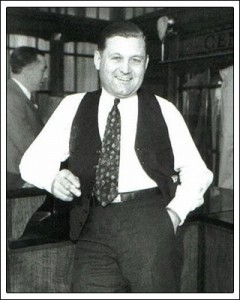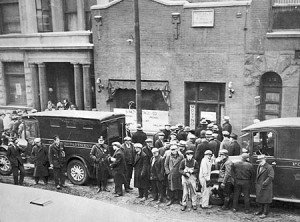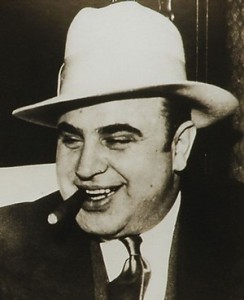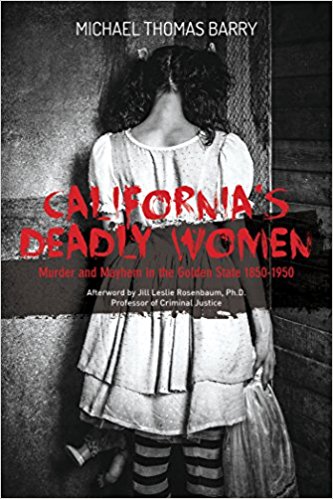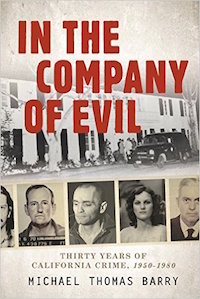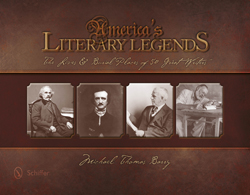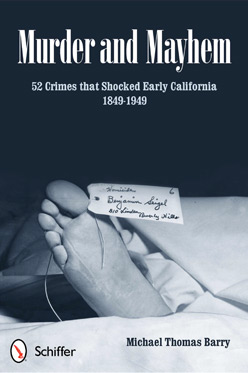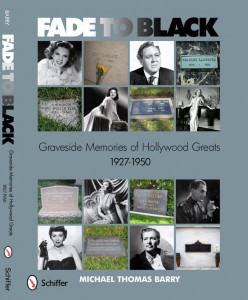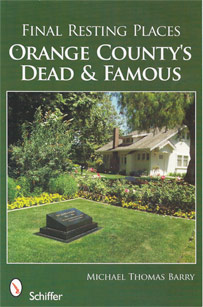02.25
On February 25, 1957, gangster George “Bugs” Moran died. He was born on August 21, 1891 in St. Paul, Minnesota. It is believed that Moran became a criminal as a teenager. When he was 19 years old, he moved to Chicago. Moran’s fierce temper became generally known in the world of feuds and guns, and earned him the nickname “Bugs,” gang slang for “completely crazy.” One possibly apocryphal story relates that he first attained the name after arriving at a tailor shop to pick up a suit he had ordered. When told the price of the finished suit, he became enraged and assaulted the tailor.
He moved to the north side of Chicago when he was 19, where he became affiliated with several gangs. He was incarcerated three times before turning twenty-one. On February 14, 1929, in an event which has become known as the St. Valentine’s Day massacre, seven members of his gang were gunned down in a warehouse, supposedly on the orders of Moran’s rival Al Capone. He has been credited with popularizing the drive-by-shooting.
Contrary to popular belief, Moran managed to keep control of his territory and what remained of his gang through the end of Prohibition and through the early 1930s. But with the repeal of Prohibition the North Side gang declined along with many other gangs and Moran decided to leave Chicago after a few years. However, Capone did not go unpunished either. After the massacre, the government and the public expressed a new level of outrage with gangland killings and shootouts. With the government coming at him from all sides, Capone himself started to decline. The government managed to convict Capone of tax evasion and sent him to prison in 1932.
In April 1930, Frank Loesch, chairman of the Chicago Crime Commission had compiled a “Public Enemies” list of 28 people he designated as corrupting Chicago. Capone topped the list and Moran ranked sixth. The list was published widely and ensured Moran’s notoriety. The majority of published researchers of the Chicago gangland era and those who have studied Moran’s life have come to the conclusion that Moran’s biggest liability as a gang boss was Moran himself. He was simply not very smart in the ways of long-term survival as a mob leader. While Capone was a master at planning out moves and feints several steps in advance, Moran’s approach was more that of an ordinary street brawler. Having been gradually squeezed out of Chicago after the end of Prohibition, he reverted to his earlier life and resumed committing common crimes like mail fraud and robbery. By the 1940s, only 17 years after being one of the richest gangsters in Chicago, Moran was almost penniless.
In July 1946, Moran was arrested in Ohio for robbing a bank messenger of $10,000, a paltry sum compared to his lifestyle during the Prohibition days. He was convicted and sentenced to ten years in the Ohio Penitentiary. Shortly after his release, Moran was again arrested for an earlier bank raid. Moran received another ten years and was sent to the Leavenworth Federal Prison. Only a matter of days after arriving there, most of which were spent in the prison hospital, Bugs Moran died of lung cancer on February 25, 1957. He was estimated to be worth about $100 at his death, and he received a pauper’s burial in the prison cemetery, known as Peckerwood Hill Cemetery.

